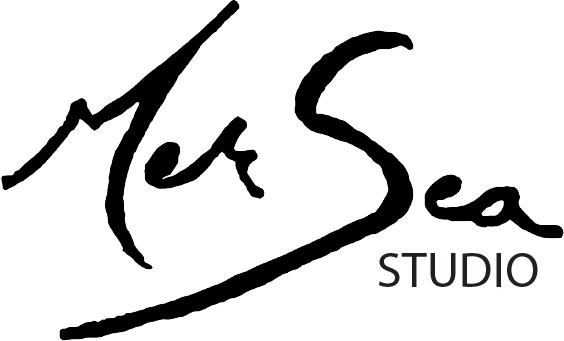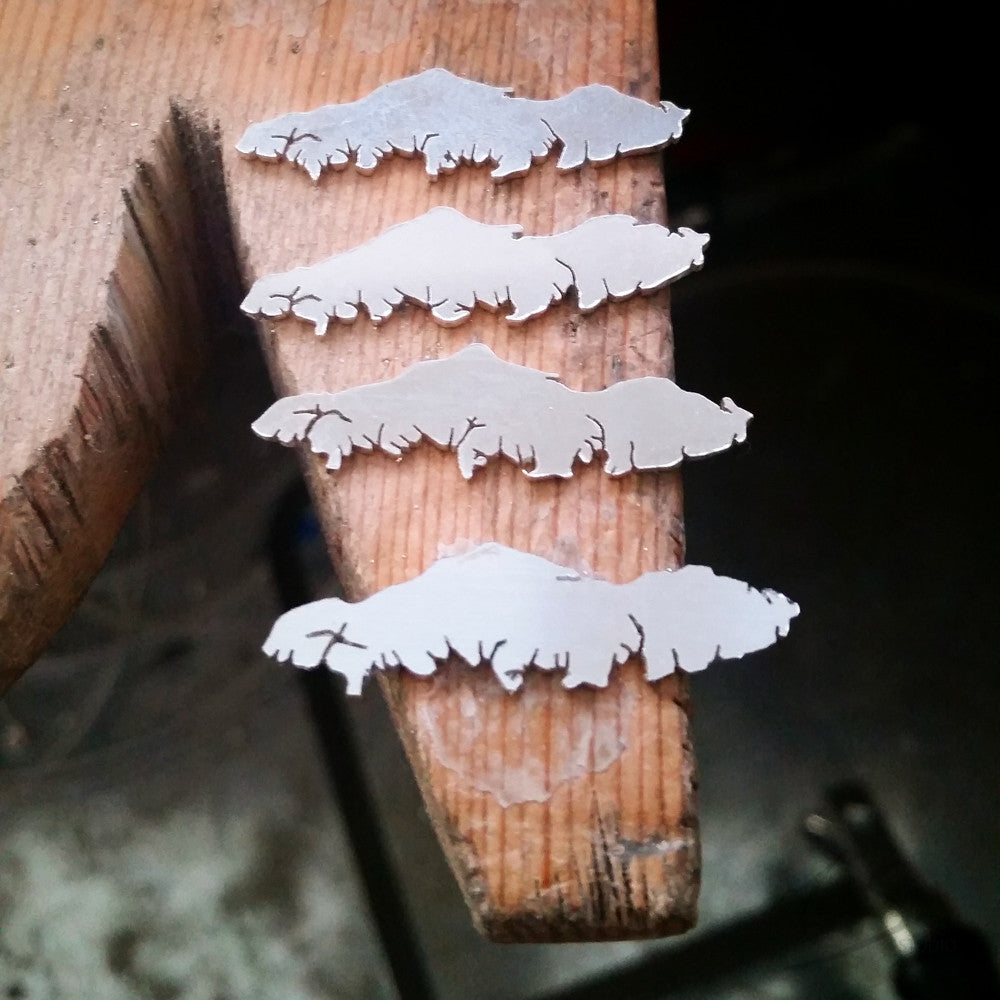INSPIRE
For me, inspiration has always come from the natural world. I draw from my own personal experiences as a marine naturalist and field researcher; such as the fact that killer whales here are individually recognizable or the feeling of seeing one lone tree remaining in a clear cut area, and concepts I studied in school; such as the conveyer belt theory of ocean currents.
I find this stage in the process endlessly energizing and exciting. I have learned over the years though, that if I want to see my ideas come to fruition I must take the time to work through each subject that I am captivated by. For me, this is where the work begins.
THE SKETCHBOOK
Common among writers is the practice of setting a timer or number of pages and just write. I choose one subject from my current list of inspiration and begin a study. I have pages of study, dissecting a Douglas fir tree for example; I study the shapes, I teach my hand the lines I want it to create, drawing it from all angles, examining its parts up close and personal, asking what does the texture of the bark remind me of? What elements make this tree a Douglas fir?
This is all very cerebral, but as ideas begin to come together I work intuitively as well. For me, much of my work has a balance of elements that I've really looked close at, that I've drawn out, played with in my mind, that have meanings and associations, AS WELL AS elements that just felt really, really good.
CONSTRUCTION
This is often the only part the men like to hear about; the tools, the fire, the temperature ranges and chemical composition. Men I’ve met who can’t relate to the artistic side of my work, light up when I start talking about tools. I’m speaking their language.
I tell them of the tiny hand saw I use to cut my components from thick sheet silver with a blade thinner than a piece of pencil lead.
I tell them of my acetylene torch, which looks similar to a plumber’s torch but the heads are very different. A jeweller's flame is quiet and focused as heat control is the difference between solder flowing and silver melting.
I tell them of the ergonomically balanced hammers I just bought that are worth every penny, while my favourite pliers are cheap cheap cheap.
FINISHING
There is a machine in my studio that polishes and strengthens my pieces with thousands of tiny hammers.
Chain components are attached, along with any finishing touches.
The black patina is applied. My signature finish.
Next, I hand buff, satin finish or polish my finished pieces which takes a lot of extra time BUT it selectively removes the patina to highlight the details.
Almost done, but not quite yet...
RELEASE TO THE WORLD
The privilege of a reclusive artist is a myth. Or, as Barbara Kingsolver’s publisher said, “a starving artist has that privilege.”
It’s my job to get the jewellery I’ve brought to fruition into the hands of the woman they are meant. This step involves photographing, writing a description - explaining both the inspiration and the specs of the piece, using a pricing formula to calculate price - which is no easy feat as you can see how much time and energy goes into the process, networking, selling, social media-ing, writing for the blog and newsletter.

